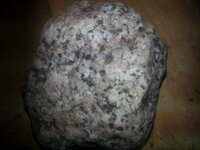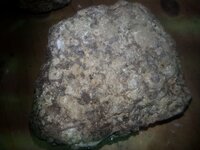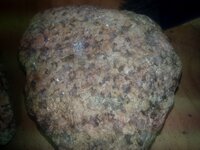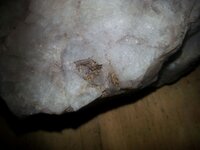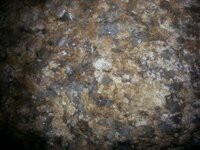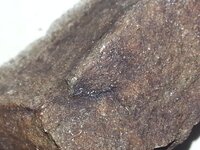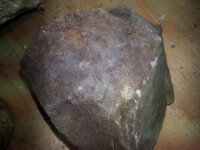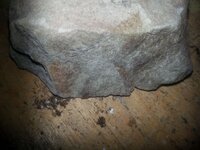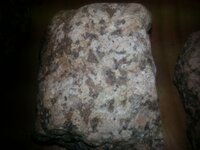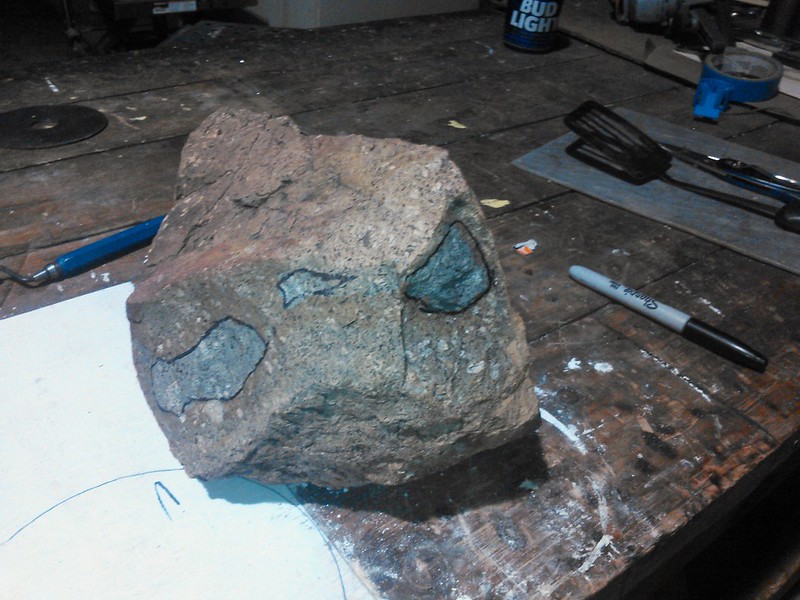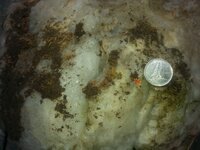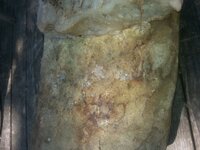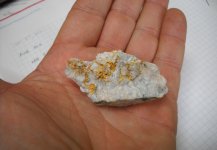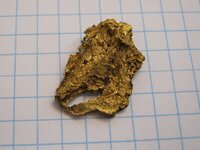NovaScotiaGold
Jr. Member
- Aug 28, 2017
- 77
- 20
- Primary Interest:
- All Treasure Hunting
I just got a hint of the gold fever and thought I'd give a quick hunt a try. I probably should have studied up a lot more before beginning this, but as I do ... im into it and don't know what I'm doing lol
I made my way around Waverley, Nova Scotia (a known gold town around here -70,000oz pulled out of the area over the years) for a hunt for gold bearing quartz.
I found a few large stones and a few smaller ones I believe may have gold / silver inside of them and trace amounts on. (Small round flakes found on surface / jammed in surface cracks)
A few quartz stones are light and a few are much heavier than I would have expected.
Wondering if its worth exploring into the stones or if the gold would be on the exterior of the rocks only if it were to have existed. Should I gather the soils from the areas I found the stones instead of smacking the rock with a mallet until it pops?
Anyone want to post the typical link for newbies on how to begin processing samples for viability?
I made my way around Waverley, Nova Scotia (a known gold town around here -70,000oz pulled out of the area over the years) for a hunt for gold bearing quartz.
I found a few large stones and a few smaller ones I believe may have gold / silver inside of them and trace amounts on. (Small round flakes found on surface / jammed in surface cracks)
A few quartz stones are light and a few are much heavier than I would have expected.
Wondering if its worth exploring into the stones or if the gold would be on the exterior of the rocks only if it were to have existed. Should I gather the soils from the areas I found the stones instead of smacking the rock with a mallet until it pops?
Anyone want to post the typical link for newbies on how to begin processing samples for viability?
Amazon Forum Fav 👍
Upvote
0


